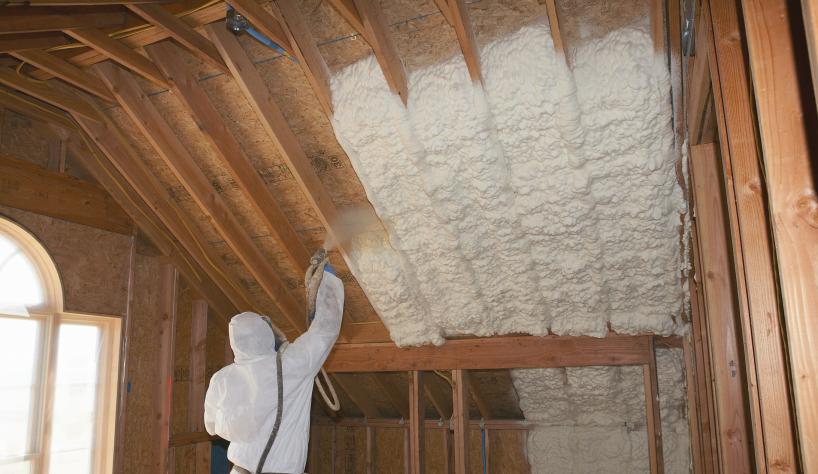Insulation is a type of material that is designed to prevent heat or sound from being transmitted from one place to another. It is used to keep heat and sound confined to inside the house or to a certain part of the house. There are many different kinds of insulation used for all sorts of applications. The most common type of insulation found are those materials with millions of tiny air pockets inside of them. Still-air is a great insulator and the trapped air in the insulating material help it gives its high thermal resistance.
There are different kinds of insulating materials as discussed below.
- Blanket: Batt and Roll Insulation
These are the most widely used insulating material available and come in the form of batts and rolls. It is made from flexible fibre, most commonly fibreglass. You can also find batts and rolls made up of other materials like mineral wool, plastic fibres and natural fibres like cotton, and sheep’s wool. This material is used for unfinished walls, including foundation walls. Also used in floors and ceilings. They are relatively inexpensive. Batts and rolls having flame resistance and vapour barriers are also found.
- Concrete Block Insulation
Concrete blocks are the literal building blocks to a home, serving as its foundation. Since heat is readily transferred through the solid parts of the wall such as block webs and mortar joints, it is more effective to have insulation over the surface of the blocks either on the exterior or interior of the foundation walls. This also has the added benefit of containing the heat produced within so as to not affect indoor temperatures. Concrete block walls are usually insulated during new home construction or major renovation.
- Rigid Foam or Foam Board
These are rigid panels of insulation that can be used anywhere in the home for insulation, right from the roof down to the foundation. They are great for external wall sheathing, internal basement wall sheathing and for special purposes like attic hatches. They offer higher thermal resistance with almost twice the resistance for same thickness compared to other materials. They also reduce heat conduction through structural elements like wood and steel. The most common foam board materials are polystyrene, polyisocyanurate (polyiso), and polyurethane.

-
- Loose-Fill and Blown-In Insulation
This type of insulation is made from tiny particles of fibre, foam and other materials. These small particles can create an insulating wall that can conform to any space, thus making this the ideal insulating material for retrofitting. They are able to do this with, without disturbing existing structures and finishes. This material also may be used in locations where other types of insulation are difficult or impossible. Loose-fill insulation is mainly made from cellulose, fibreglass and mineral wool. Almost always these are r



